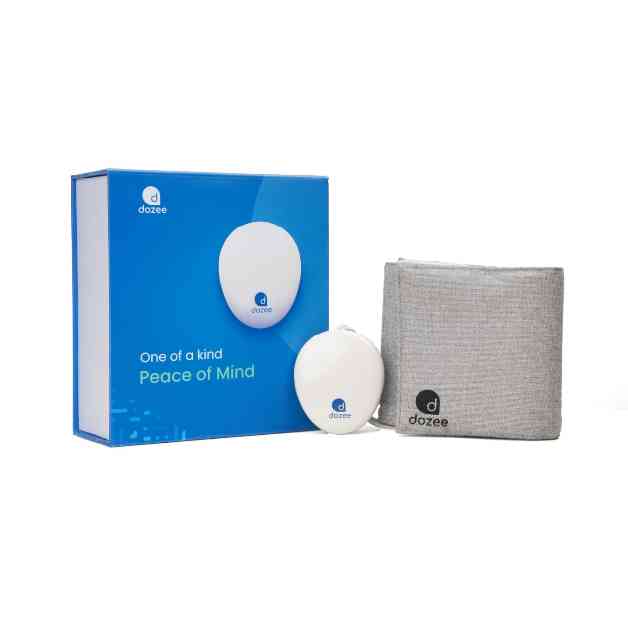Dozee, a healthtech startup from India, has introduced a remote patient monitoring device called Shravan to the American market, with a focus on the Indian American community. This device allows for contactless monitoring of various health parameters like heart rate, blood pressure, and respiration, using AI to analyze the data and provide early warnings for potential health issues.
The device, which is FDA-cleared and HIPAA-compliant, has already been successful in the Indian market, integrated into over 380 hospitals across 50 districts. With more than 16,000 life-saving alerts, Shravan has proven to be an effective tool for proactive healthcare management.
MediGlobo, a Tampa-based company founded by Indian American entrepreneur Sid Panigrahy, will be marketing Shravan in the United States. Panigrahy expressed his personal connection to the product, highlighting the importance of remote monitoring for families with aging parents living far away.
Dozee was founded in 2015 by Mudit Dandwate and Gaurav Parchani, both graduates of the Indian Institute of Technology. The startup recently raised $6 million in funding and aims to expand its reach globally, starting with key states in the U.S. with a significant Indian American population.
The team behind Dozee believes that their technology can save lives and improve patient care by offering real-time monitoring solutions for families managing the health of their loved ones from a distance. By focusing on empowering families to take proactive measures in healthcare management, Dozee aims to bridge the gap in quality healthcare services using AI-powered solutions.
With plans to launch in states like New Jersey, Texas, Chicago, Florida, and California, Dozee is targeting the NRI community as their initial market. The founders emphasize the cultural significance of parental care embodied in Shravan, highlighting the importance of family health management in Indian culture.
Through their innovative approach to remote patient monitoring and AI-based analysis, Dozee aims to revolutionize healthcare delivery, minimize nursing hours, and enhance the overall patient experience. With a strong team of founders and executives, including Sameer Dashputre as the Chief Strategy Officer, Dozee is well-positioned to make a significant impact in the healthcare industry.
As a journalist covering healthcare and technology, I am excited to see the potential impact of Dozee’s remote health monitoring device on empowering Indian Americans to better care for their aging parents in the U.S. With a focus on proactive healthcare management and leveraging AI technology, Dozee is poised to make a meaningful difference in the lives of families facing health challenges across borders.













